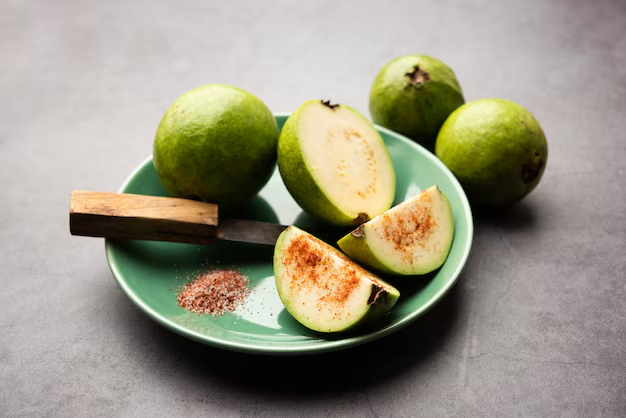Could Monk Fruit Be a Sweet Solution for Diabetics? Here's the Truth
Navigating the world of sugar substitutes can be overwhelming, especially for those managing diabetes. One sweetener attracting a lot of attention is monk fruit. But is monk fruit genuinely a good choice for diabetics? Let's delve into what makes this natural sweetener a popular alternative for those looking to manage their blood sugar levels.
What is Monk Fruit?
Monk fruit, also known as Luo Han Guo, is a small, green melon native to southern China. For centuries, it's been used in traditional Chinese medicine for its healing properties. The sweetener derived from monk fruit is celebrated not just for its intense sweetness but for being calorie-free and containing zero carbohydrates, making it highly appealing for diabetics.
The Sweet Science: How Monk Fruit Works
The intense sweetness of monk fruit doesn't come from sugar but mogrosides, which are natural compounds found in the fruit. These mogrosides are not metabolized by the body in the same way as standard sugars; therefore, they don't have an impact on blood glucose levels. For diabetics, this means monk fruit can be enjoyed without the worry of spiking blood sugar, making it a diabetes-friendly option.
Benefits of Monk Fruit for Diabetics
- No Calories or Carbs: Because it lacks calories and carbohydrates, monk fruit doesn't interfere with insulin or blood sugar levels.
- Antioxidant Properties: Mogrosides also boast antioxidant properties, which can be beneficial for overall health.
- Natural Alternative: Being derived from a fruit, monk fruit extract is a natural alternative to artificial sweeteners like aspartame or saccharin.
- No Bitter Aftertaste: Unlike some other sweeteners, monk fruit doesn't leave a bitter taste, making it an excellent substitute for sugar in beverages and recipes.
Considerations Before You Sweeten
While monk fruit offers numerous advantages, it's essential to consider a few things:
- Availability: Monk fruit sweeteners might not be available at every grocery store and tend to be more expensive than conventional sugar.
- Additives: Often, monk fruit extract is mixed with other sweeteners or fillers like erythritol to balance its sweetness. Always check labels to ensure it matches dietary needs.
Beyond Sweeteners: Exploring Financial and Educational Resources
For diabetics, managing health care costs and educating oneself about the condition can be just as crucial as choosing the right sweetener. Consider these resources to help ease financial burdens and build a foundation of knowledge around diabetes care:
Government Aid Programs: Many states offer health coverage options, specifically designed to assist individuals with chronic conditions, including diabetes. Programs like Medicaid can provide financial relief by covering necessary treatments and medications.
Educational Grants: Individuals diagnosed with diabetes can explore educational opportunities to better understand how to manage their condition. Community health programs often offer workshops at little to no cost.
Debt Relief Solutions: Managing medical bills can be daunting. Credit counseling services and debt management programs can help consolidate and reduce medical debt.
By considering sweeteners like monk fruit and exploring supportive resources, diabetics can make informed decisions that lead to both health and financial well-being.
Supportive Resources & Opportunities
🏥 Healthcare Assistance: Look into local Medicaid options or health exchanges for coverage plans that cater to diabetics.
📚 Education Opportunities: Visit your local community college or university for free diabetes management workshops.
💵 Debt Relief Options: Seek credit counseling services that specialize in medical debt and offer tailored plans for relief.
Choosing the right resources and support systems can make all the difference in managing diabetes effectively while maintaining financial stability.
